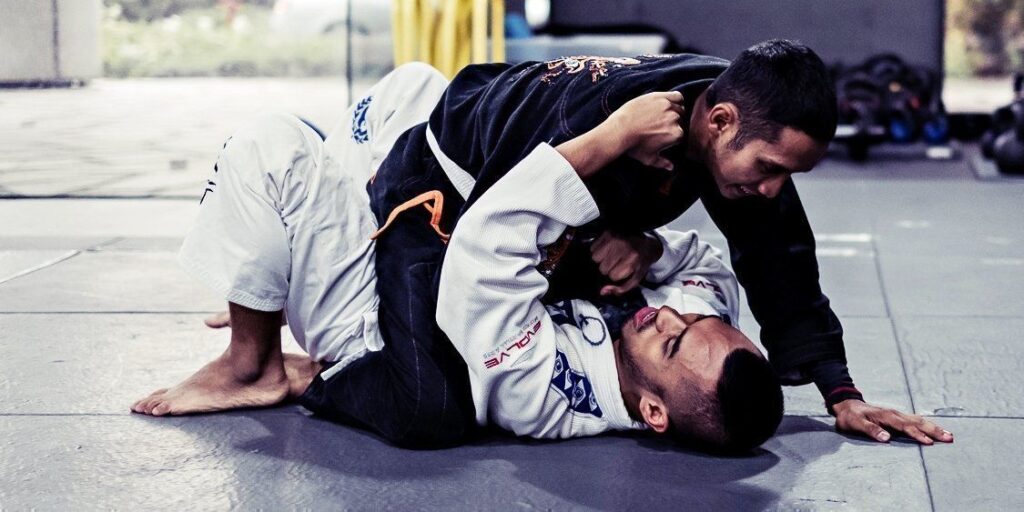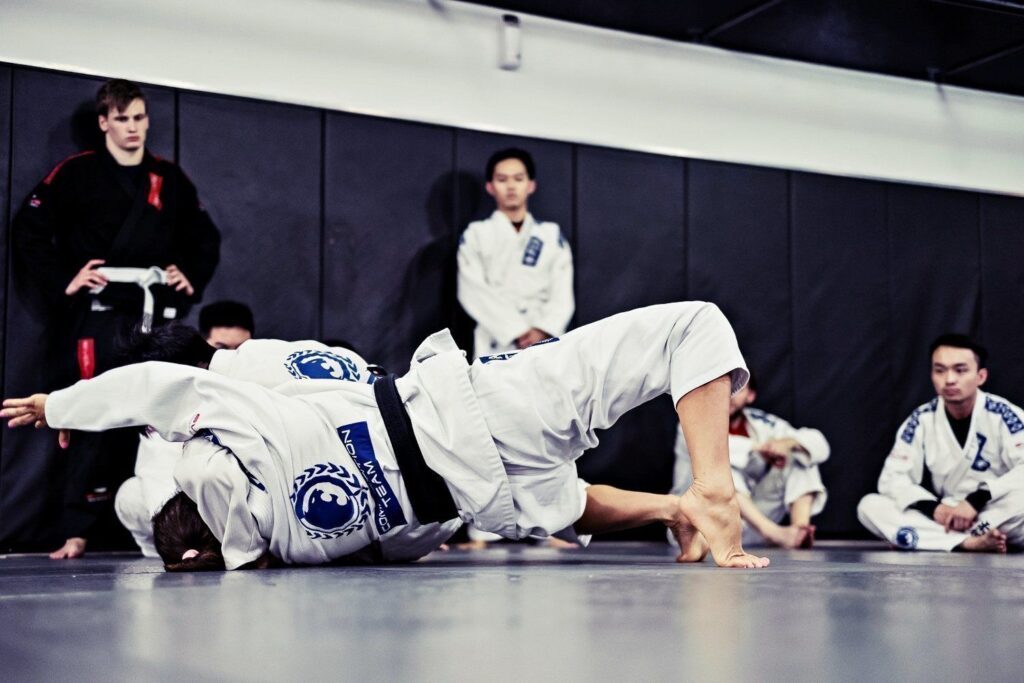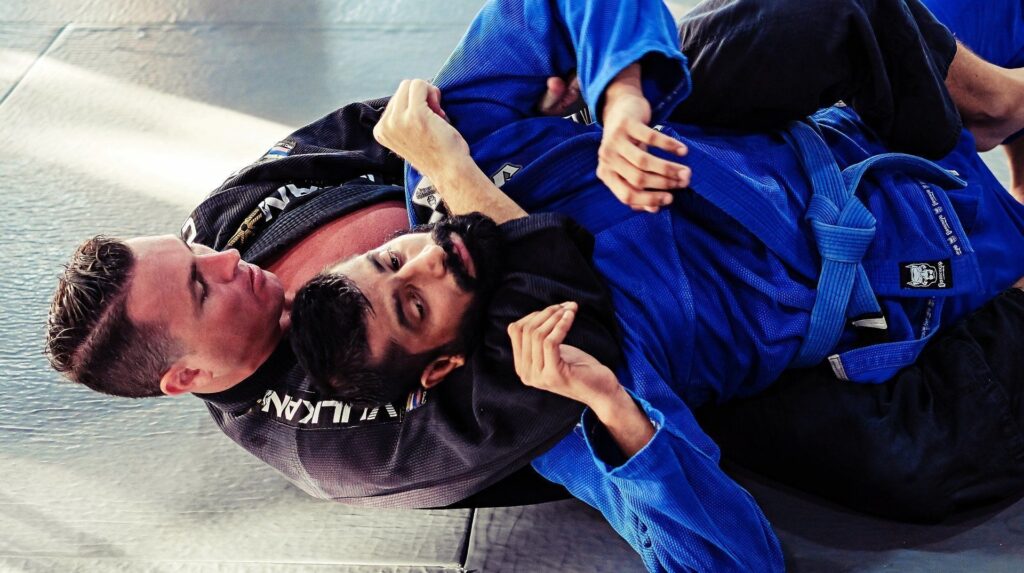Long before the berimbolo and Michelle Nicolini’s shin-on-shin guard, the Gracie family developed a BJJ system that was solely focused on the street application of Jiu-Jitsu. In fact, Grandmaster Helio Gracie developed Brazilian Jiu-Jitsu as a means for a smaller, weaker person to defend him/herself against a stronger, bigger opponent.
In BJJ there are hundreds of different techniques and variations. When training BJJ, you will be introduced to and learn many different techniques to help you develop a well-rounded game and give you the chance to find styles that work for you. When BJJ is used as a self-defense on the street, however, you will quite often see many of the same techniques utilized. These moves are must-knows for every BJJ practitioner.
Should you ever find yourself in a precarious situation where you are left with no choice but to defend yourself, these are the BJJ techniques that will work the best in a street fight:
Double leg takedown
Although this is technically a wrestling move, every BJJ student will learn how to execute the double leg takedown at some point. The double leg takedown is especially effective in a street fight situation because unlike a judo takedown, it does not require a gi. Also, the impact and force caused by the double leg takedown will be enough to send your opponent to the ground, which is exactly where you would want him.
Technical standup
The technical standup, or standing up in base, is a technique used to move from a seated position to a standing position in a way that protects the person executing the move from being physically compromised. If you find yourself on the ground at any point and your attacker is standing over you, the first thing you would want to do is protect your head from being open to an attack. The technical standup neutralizes any attack, allowing you to place your weight on your rear right foot, which puts you in the perfect position to engage or run away.
Maintaining the mount
If you manage to take your opponent down, and you want to control him/her in the mount position, maintaining the mount is of utmost importance. After all, who stays on top determines who wins the fight. Try to maintain a high mount so that you have a more upright posture. This posture opens up many avenues for attacks, whether you choose to choke your attacker or land strikes. Try to keep your knees in your attacker’s armpits and your arms or head out to help you keep your base just in case your opponent tries to bridge out of the mount.
Escaping the mount
Escaping the mount is one of the first moves you’ll learn in BJJ. It’s everyone’s first taste of leverage, as you discover how easy it is to get someone almost twice your size off you and onto his/her back. If you find yourself pinned to the ground, remember your mount escapes and get yourself out of there!
Back control
If you didn’t know this already, securing back control is one of the best ways to immobilize your opponent, giving you the upper hand in terms of control. In a street fight, having control over your opponent is of utmost importance, especially if they are much larger/stronger. Once you have the back, there are a variety of positions and chokes you can utilize to subdue your attacker.
Rear naked choke
The rear naked choke is the most effective choke in a street fight. In fact, chokes are more effective in a street fight compared to joint submissions because your attacker has no choice but either tap or go to sleep. If you’ve ever been caught in a deep rear naked choke, you’ll know how difficult it is to escape. This choke is executed from the back control position, preferably with both your hooks on either side of your attacker’s torso. If you cannot get your hooks in, you must ensure that the choke is deep enough for it to be effective.
Guillotine choke
The great thing about a guillotine choke is that it can be performed in a standing position. If you cannot take your attacker down to the ground, the guillotine is a great option, especially if your attacker is rushing forward. To execute the guillotine, both your arms should encircle your attacker’s neck. Depending on the guillotine you choose to use, the pressure should be on the trachea or on the carotid arteries.
Clinching
According to esteemed BJJ professor John Danaher, in most real fights, technical skill and experience in the clinch are crucial to determining the outcome. He says, “Anybody familiar with real fighting is aware of the speed and force with which most fights quickly go into a standing clinch, both combatants locked up with each other.” For someone with grappling experience, it is easier to use the clinch to neutralize an attacker, especially if they are trying to punch and kick you. By tying them up and controlling them in the clinch, it is easier to launch your own attacks as well as prevent further damage.
Remember, you should only utilize these techniques if you are left with no choice. Although it is highly unlikely that you will find yourself in a situation where you would have to use your BJJ training in a street fight, the knowledge that what you have learned in class is applicable in a street fight will give you the confidence to defend yourself should the situation arise.



























